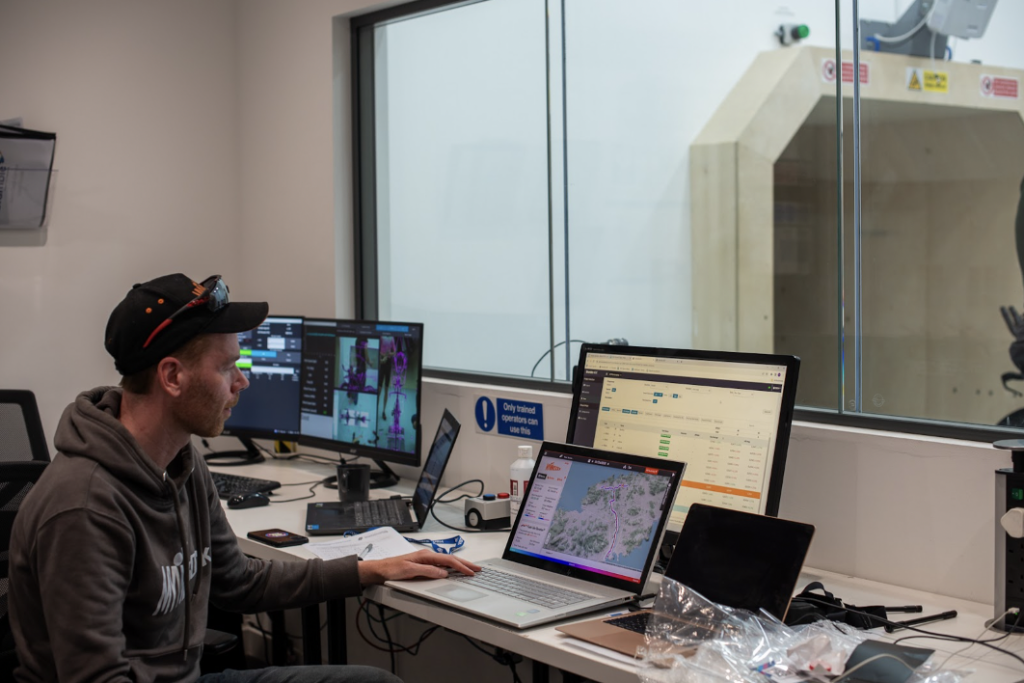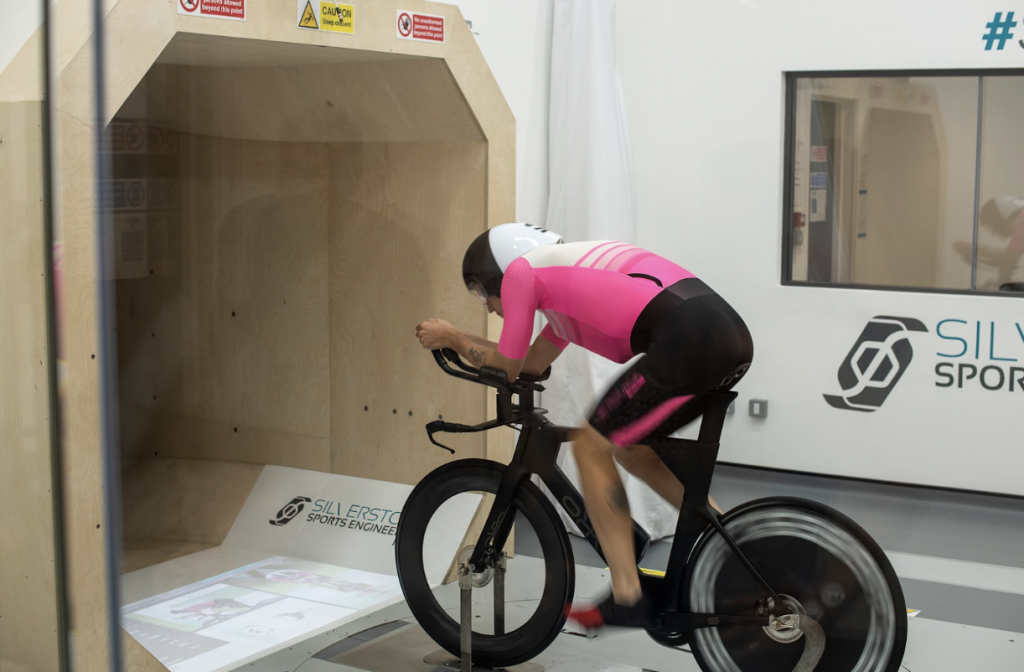It’s fair to say that racing feels somehow in the distant past and a long way away into the future but as we all know, champions are made in the winter. Mywindsock has long been a tool used by champions and many have utilised our platform to achieve their success. Plans are often made long in advance, for example professional cycling teams often have a rough idea of who they’ll send to various races in December such that they can begin preparing them specifically for their role. It should be similar for you, at this point many events are already in the calendar for 2024. Having an idea such as “I am going to target an Ironman in June” or “I’m going to try and set a 10 mile PB in August” is all you need to start thinking about achieving success.
Success for users of myWindsock, especially those interested in improving their performance who I am primarily speaking to here, breaks down into two sections. Optimising aerodynamics and equipment and training. We will start with training…

Training Approaches
Traditionally, coaches have had their athletes focus on their “aerobic base” during the offseason then gradually increase their intensity as the season approaches. This works fine for many athletes, but it’s also worth mentioning that there are many ways to skin a cat here and that different approaches work differently.
Working on weaknesses: This approach is simple, it just deals with setting out a hierarchy of issues holding you back from performing as you’d like to and approaching them one by one. For example, if your one minute power is holding you back in a race he hen perhaps it’s time to work on this first, then move on to other things once your weakness is at a level that no longer inhibits you reaching the performance goals. Working on limiters is a common approach to improving in general.
Training based on phenotype/muscle fibre typology: This is something popularised relatively recently. I first considered adjusting training prescription on phenotype from Louis Delahaije (coach of many Olympic Champion cyclists and triathletes including Annemiek Van Vleuten) and he essentially breaks it down as “if you are naturally fast you probably need less of this training”.
The “Norwegian Method” of lactate threshold training: The Norwegian Triathletes deserve a little more credit here I think, they don’t just train all the time at threshold but the idea here is you control intensity sessions at threshold/LT2/FTP/Critical Power etc – however you want to measure it, then you spend as much time here as you can sustainably manage in a training week. This nudges your threshold up slowly over time.
We have only spoken about three potential approaches to training here but the reality is there are an infinite number of potential approaches you can take. The approach you choose may depend on your event, for example a ten mile TT takes between 20 and 30 minutes for most time trialists where working on your VO2 max and maximum lactate steady state might be best immediately before your attempt to peak. This means that traditional periodisation would suit you, however if you’re trying to peak for a 100 mile TT or an Ironman, you might wish to do this kind of work in winter.
We’ve seen many times on myWindsock that even pacing is rarely the fastest way to perform at the best of your ability, even in hill climbs but especially over a hilly time trial. Check out our blog on pacing a hilly time trial here but you should train to allow your physiology to meet the demands of your performance goal which is rarely doing a smooth power for a given duration…
Aerodynamics and Equipment Optimising
myWindsock can help with pacing, but primarily our function is to calculate how much a change in cda will impact your performance. myWindsock can be used to estimate these changes through our aero testing but we’ve utilised it at the wind tunnel – which you can read about here.

If you, like many time trialists around the UK, repeat your efforts along the same time trial courses around the UK each summer then you can use myWindsock to see how your cda is trending over particular courses.
In the winter this can also be done, for example if you are able to get out on your TT bike how is your cda trending across particular Strava segments? Personally, I like to head down to Goodwood and do a couple of tempo laps every couple of weeks on the TT bike just so I don’t forget how to ride the thing. This is something that many local racing circuits offer and is a good chance to see what sort of ballpark cda you’ll be working with in upcoming TTs as well as testing the rideability of any winter bike fits you’ve had done.
Winter is a difficult time to aero test outside, wind speeds are higher and this makes testing outside using myWindsock trickier but it’s a great time of year to get used to a testing protocol so that you can take advantage of any still days.
If you’re looking to maximise your performance on the bike, you can explore our selection of articles on pacing strategies, aero testing and check out all the features in the app.




 UK Time Trial Events
UK Time Trial Events